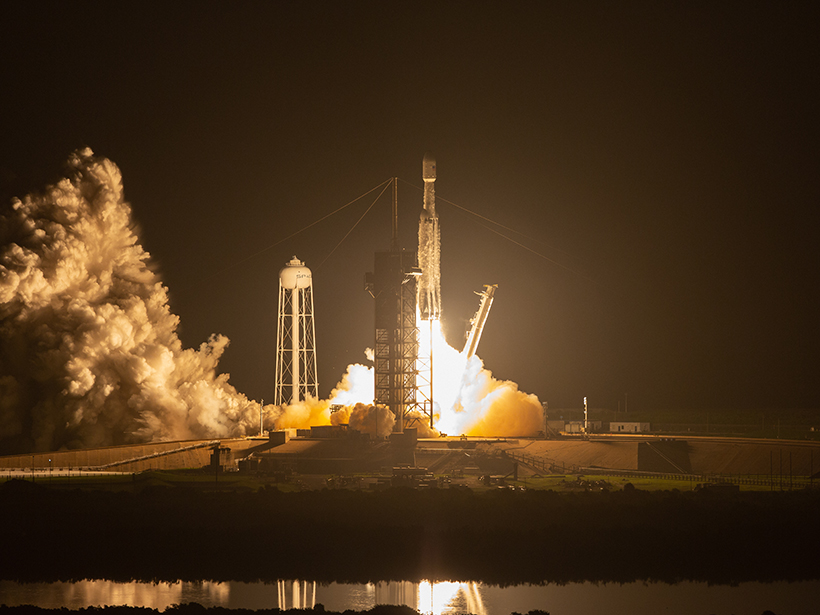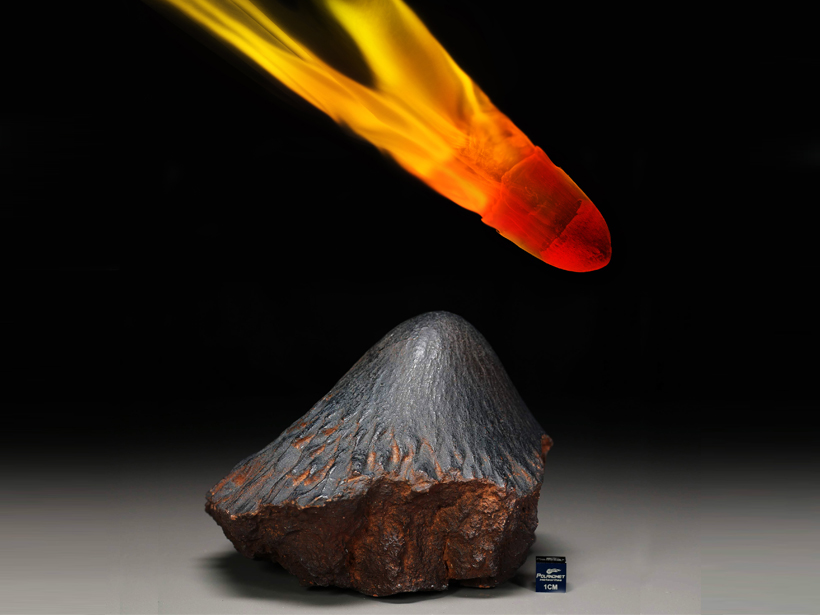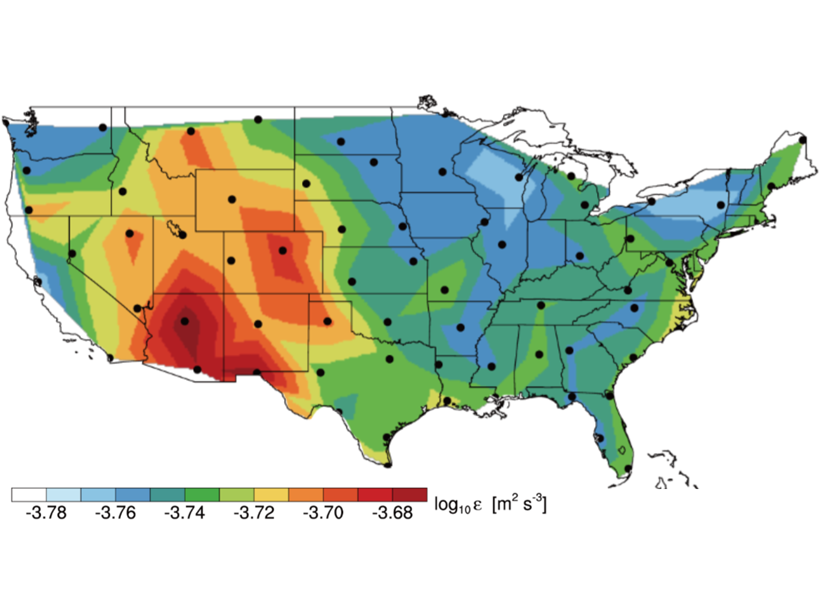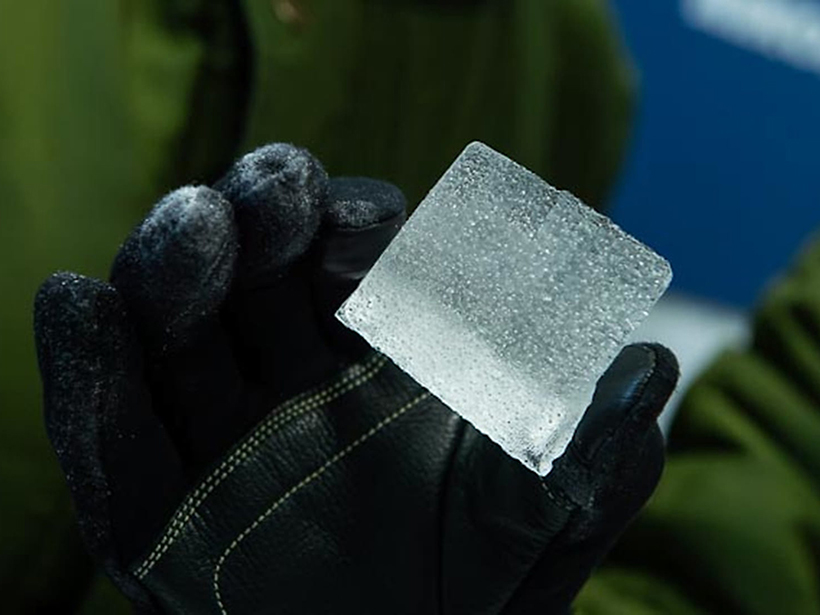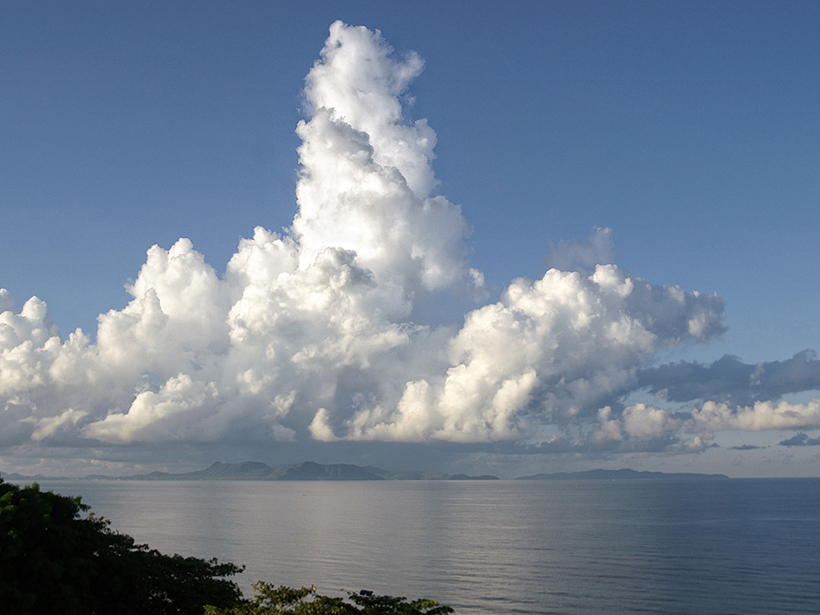The FORMOSAT-7/COSMIC-2 constellation, launched this June, will provide the most accurate data yet on tropical weather, climate, and space weather.
everything atmospheric
Organic Gases Released and Taken Up by Soil Lack Quantification
Soils both emit and take up different biogenic volatile organic compounds, altering the chemical composition of the atmosphere and influencing local, regional, and global climate.
Scientists Share Results of Dust Belt Research
Central Asian Dust Conference; Dushanbe, Tajikistan, 8–12 April 2019
Space Weather Drives Power Grid Anomalies in Europe
A retrospective cohort analysis of anomalies on the Czech power grid shows they are more common during enhanced geomagnetic activity, the first time such impacts have been identified outside the USA.
Goldilocks Meteors Carved into Cones
Their “just right” shape lends some shooting stars flight stability and symmetry.
Radiosondes Measure Atmospheric Turbulence Over North America
Analyses of high-resolution radiosonde balloon measurements have provided a novel climatology of atmospheric turbulence parameters in the troposphere and lower stratosphere.
How Ice Cores Are Helping to Track Preindustrial Ozone
Research helps allay concerns about discrepancies between atmospheric chemistry models and historical direct measurements.
Detailed Origins of Sea Spray Revealed, One Droplet at a Time
An energized air-sea interface facilitates exchange between the atmosphere and the ocean. A new study looks at the formation of sea spray, an important component of this exchange.
The Jail That Keeps Oxygen in the Air
Oxygen shouldn’t be in the air we breathe. But it is, and the reason why is almost criminal.
One Step Closer to a Milestone in Climate Modeling
A pair of revisions to the Energy Exascale Earth System Model improves its ability to capture late afternoon and nocturnal rainfall as well as the timing and movement of convection.

